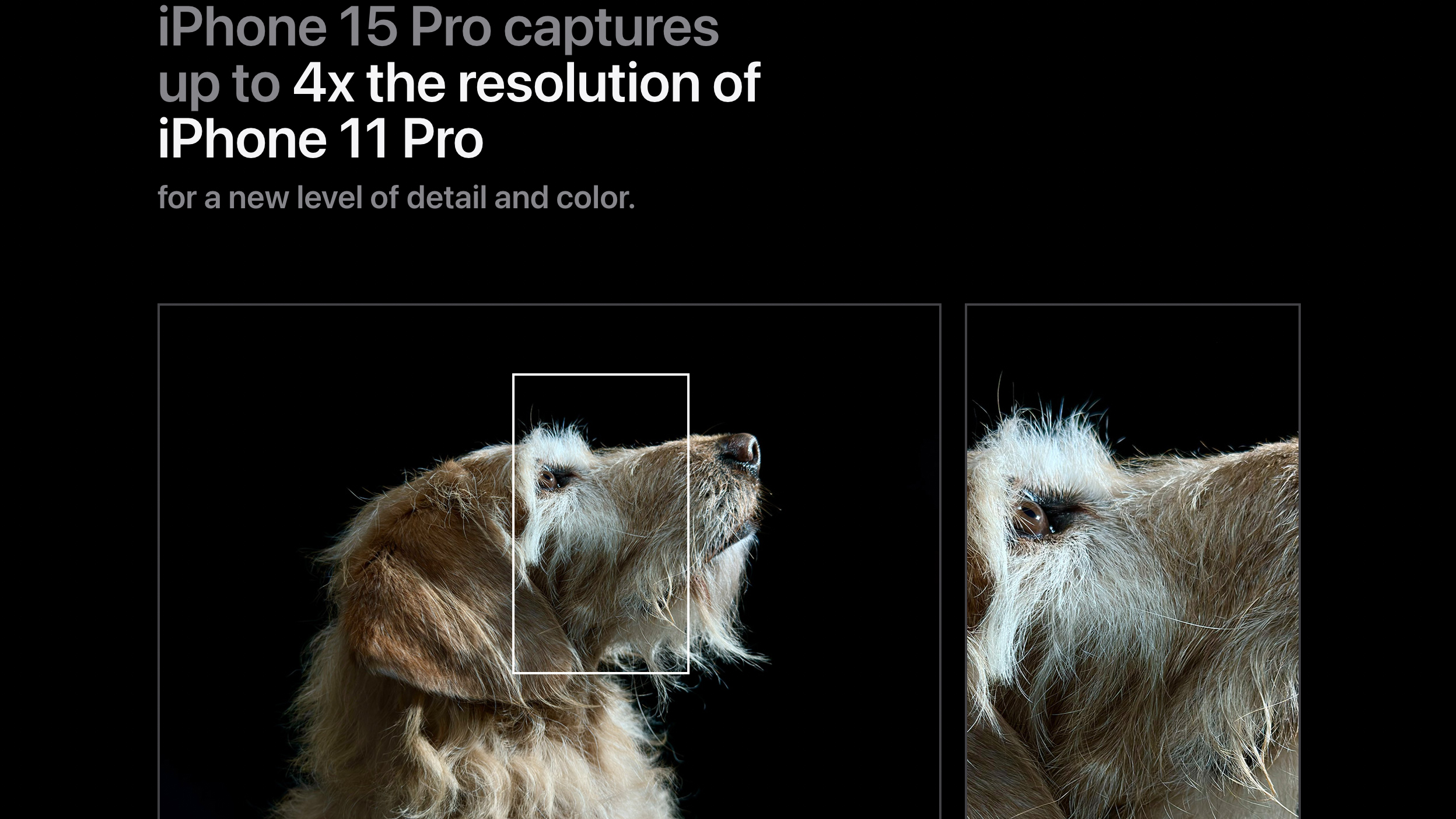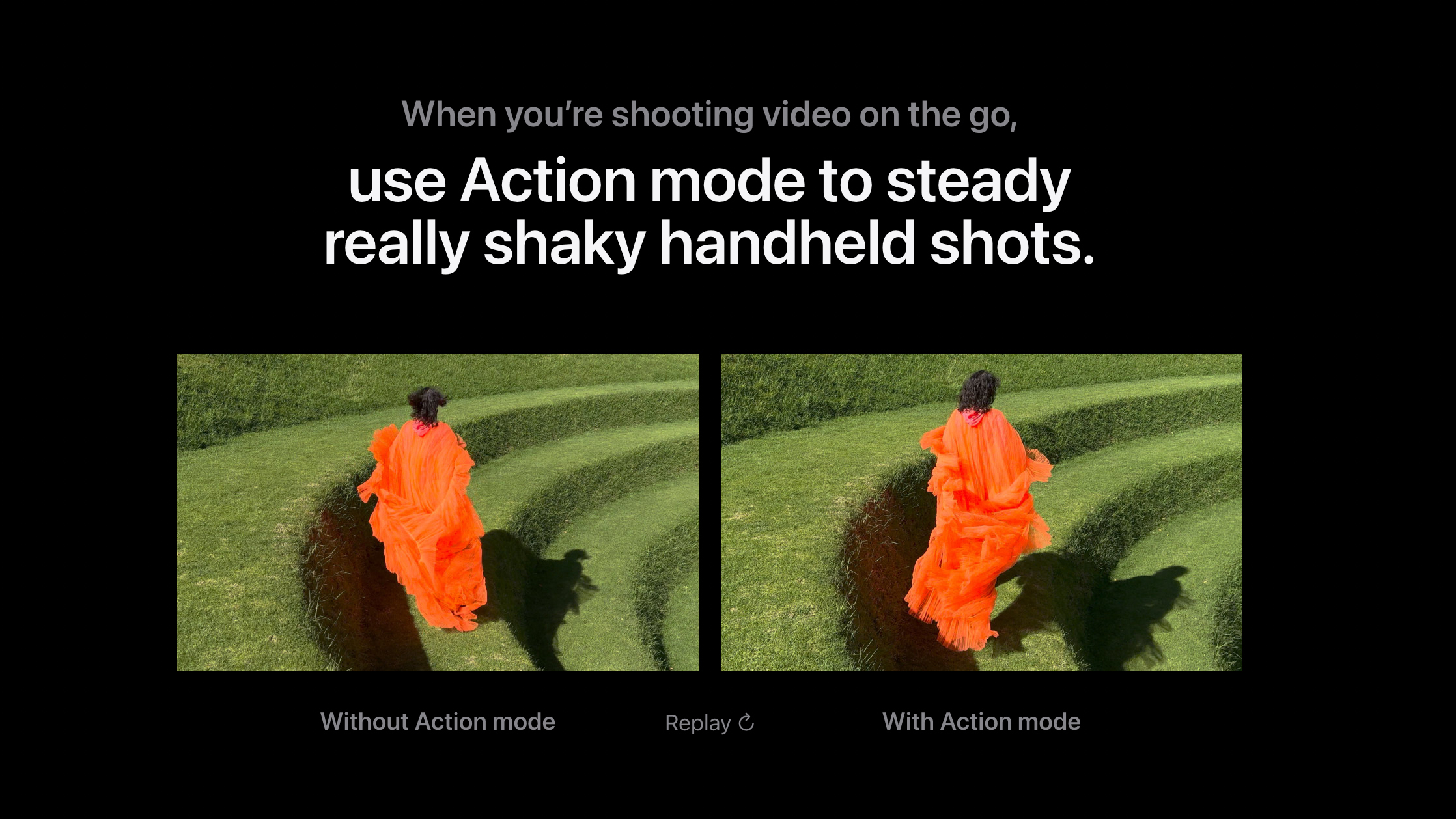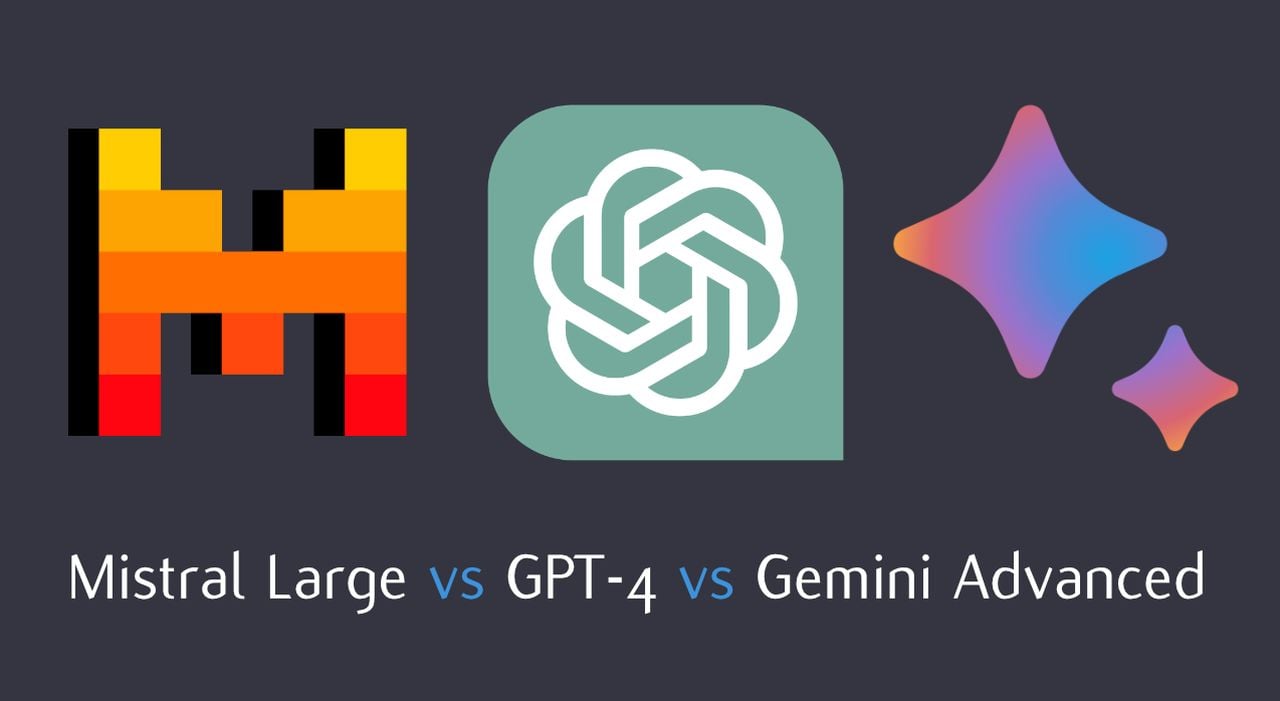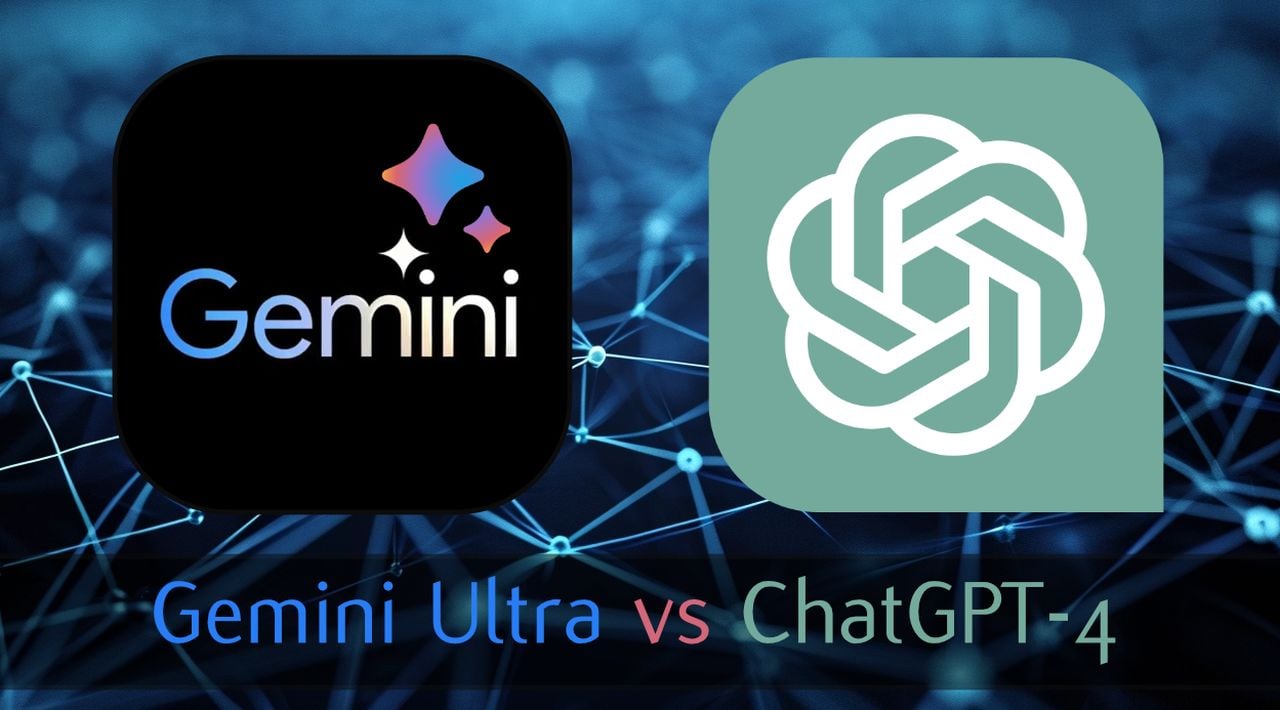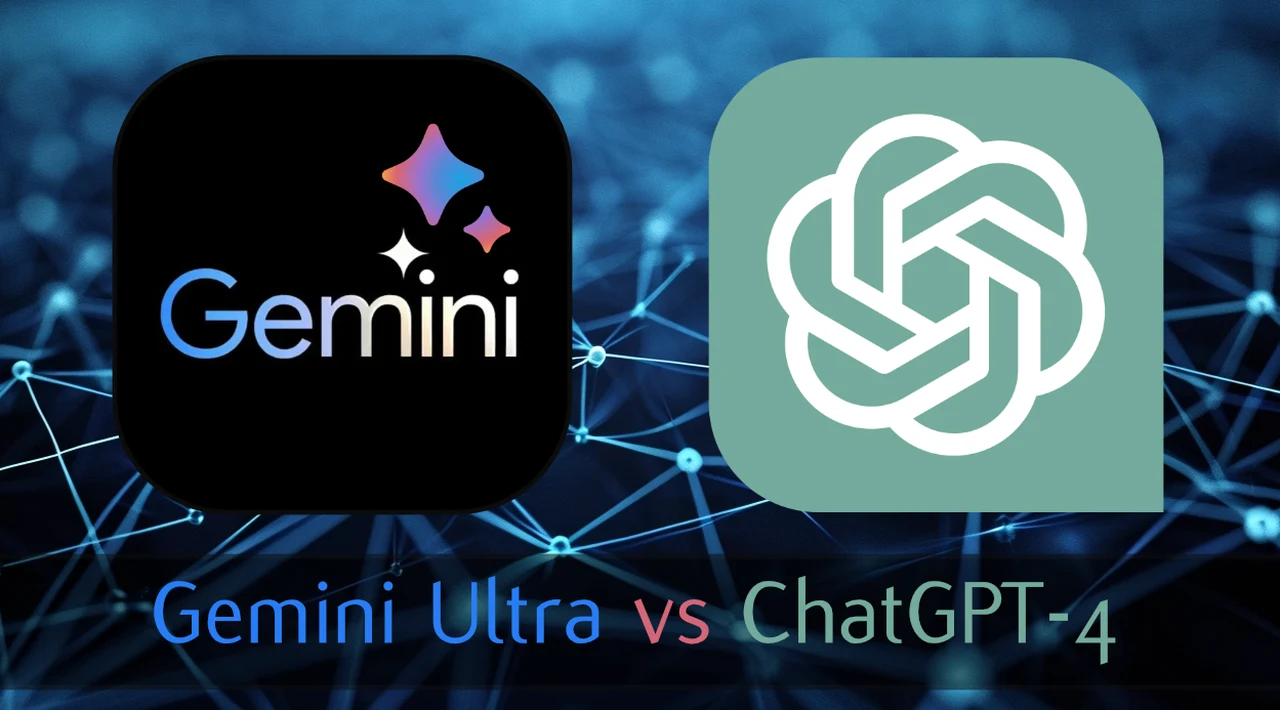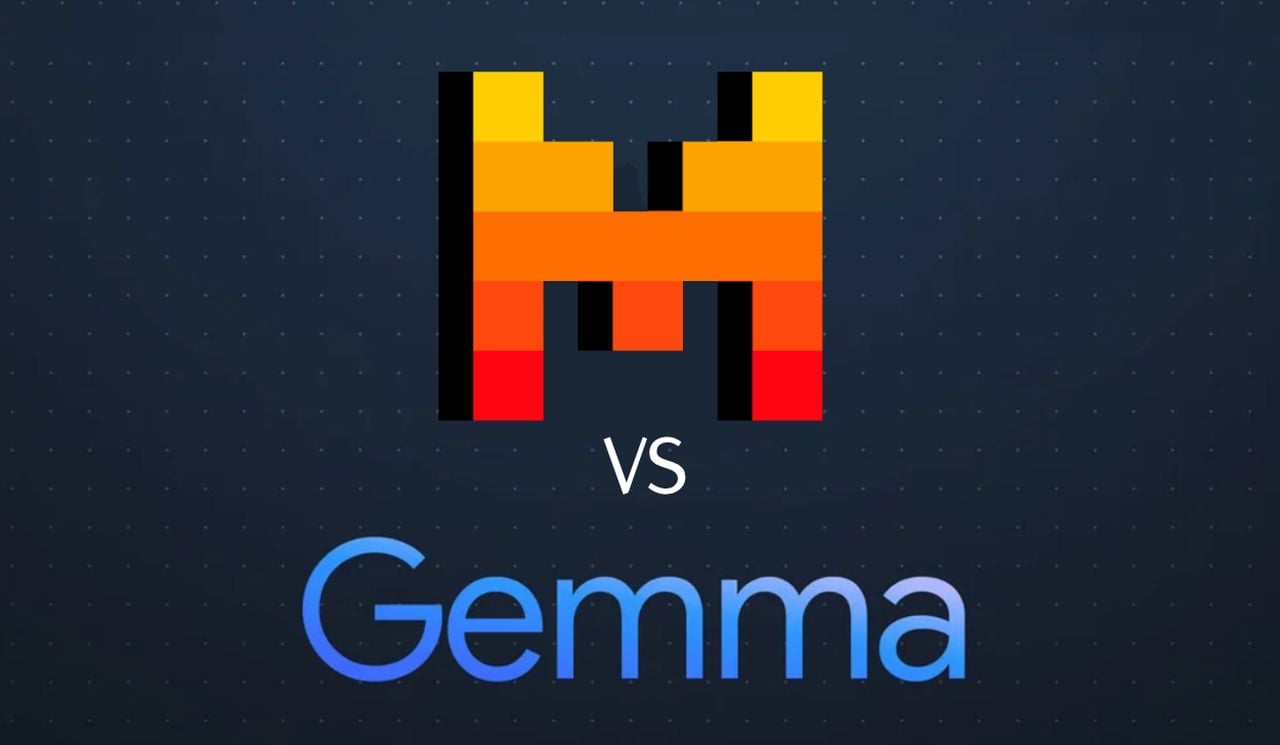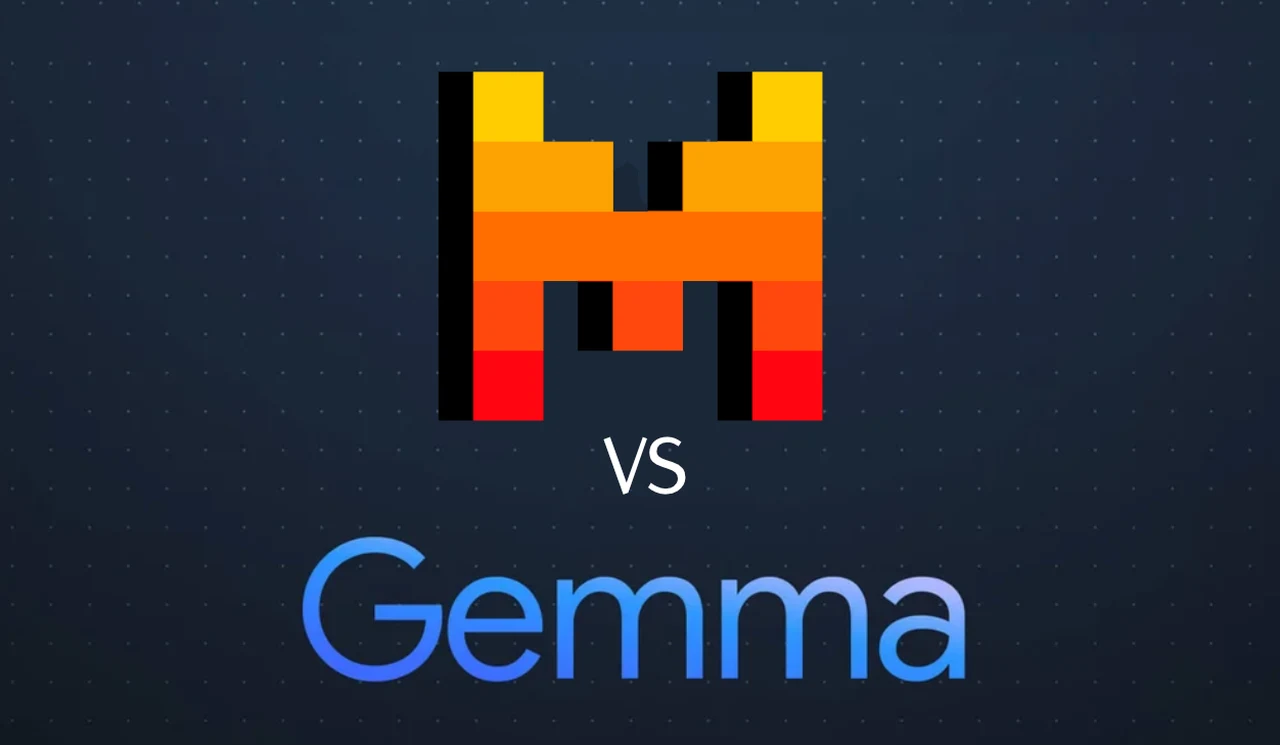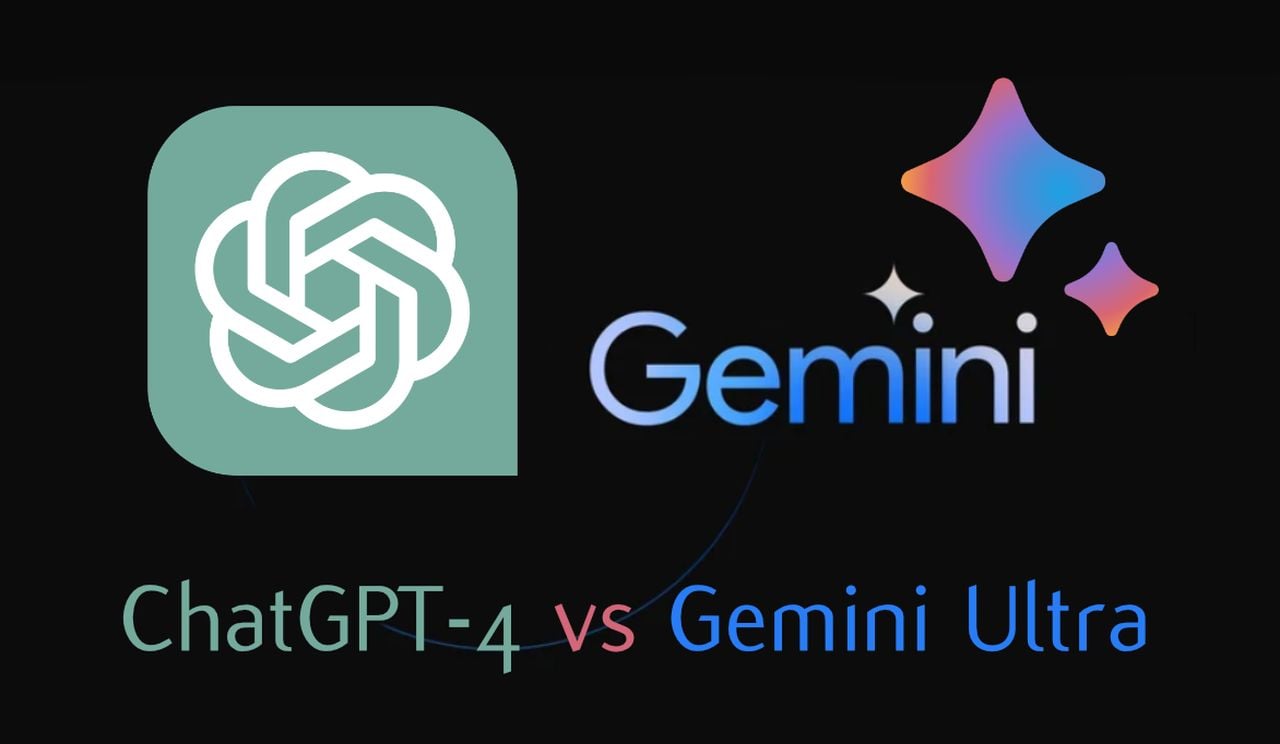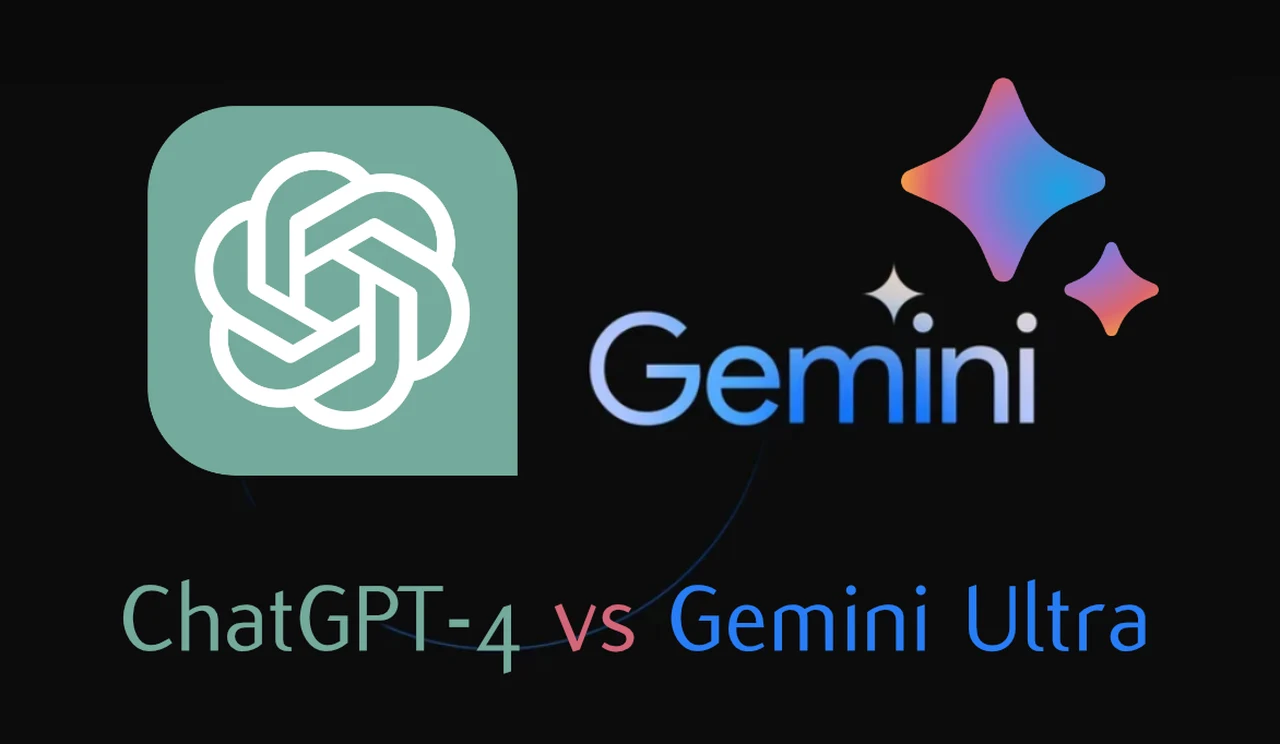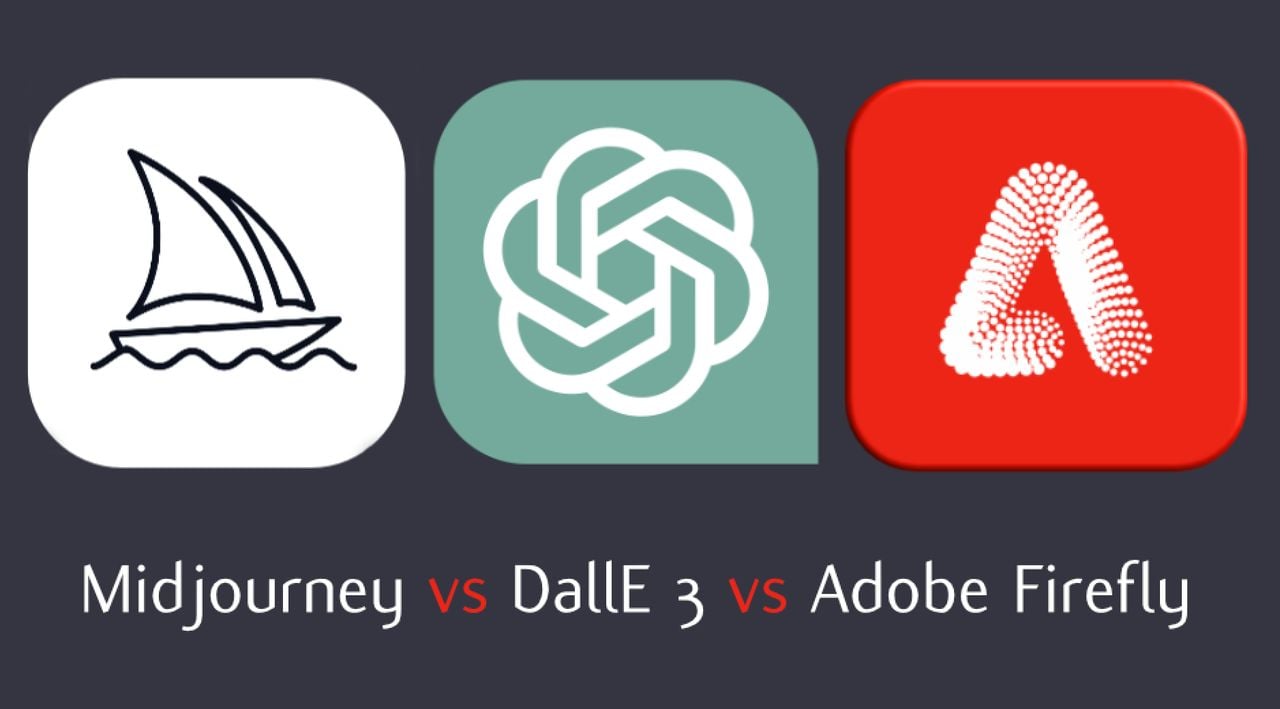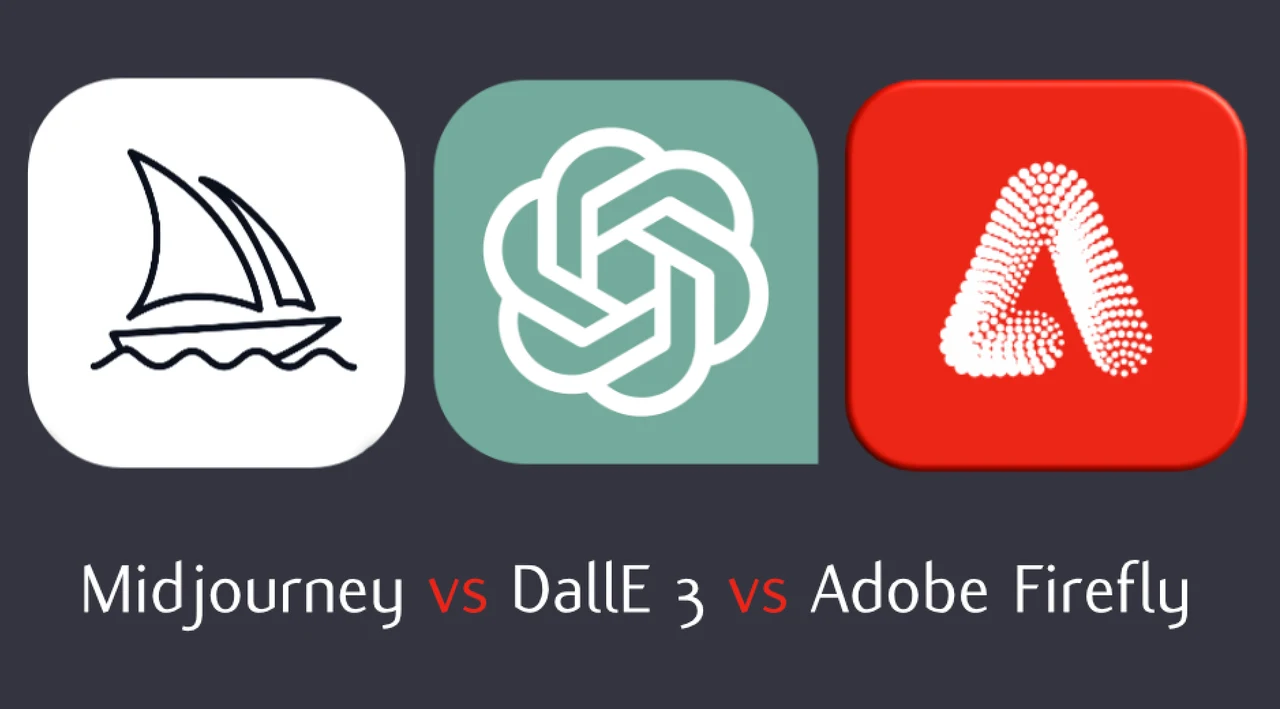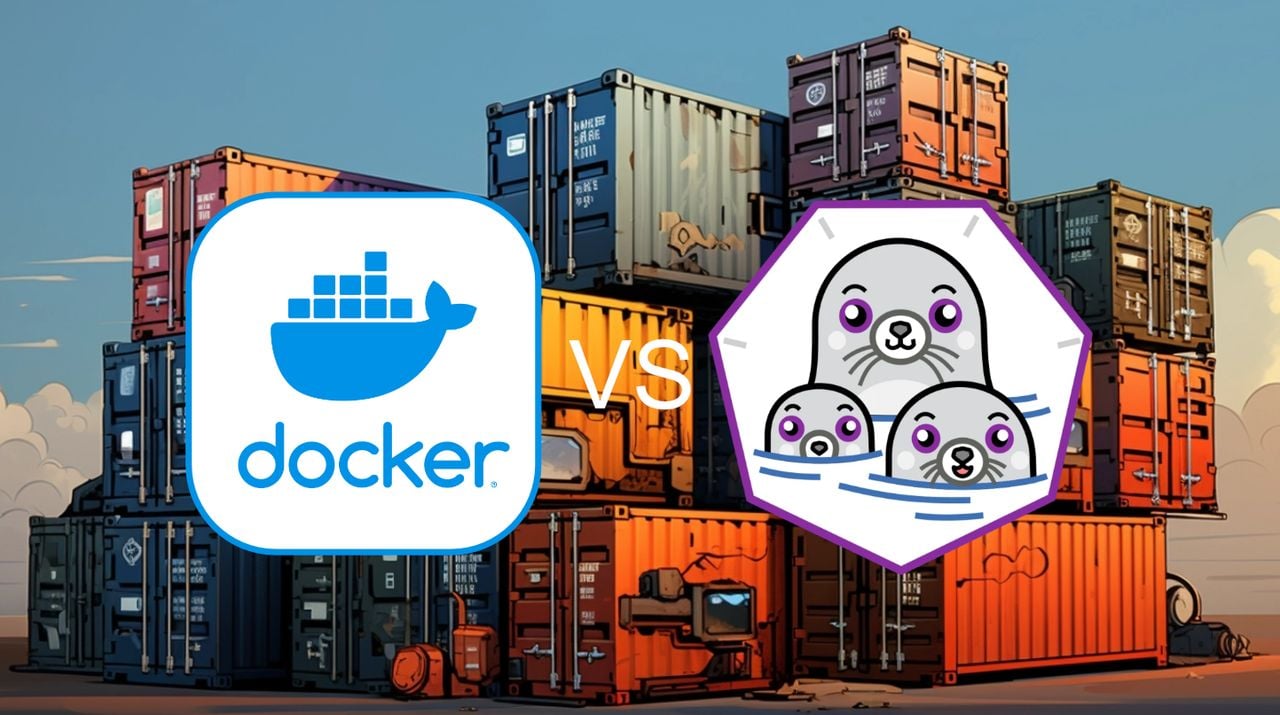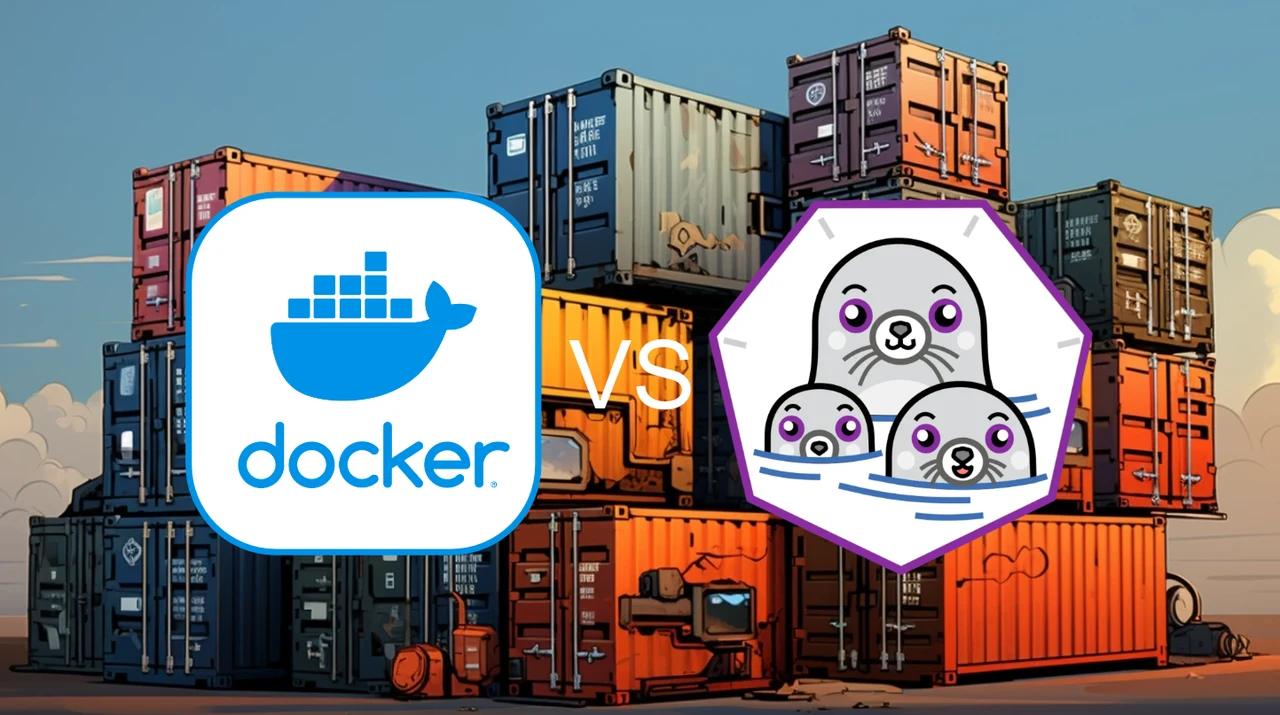[ad_1]
If you’re a discerning mobile photographer in the market for a new shooter, our best camera phone roundup should be your first port of call, but, if you’re interested in how the best of the best actually perform, read on. I decided to pit the latest iPhone 15 Pro Max, Google Pixel 8 Pro and Samsung Galaxy S24 Ultra against one another in an extensive shootout to see how these top-ranking photographic champs compare.
For those not so familiar with this trio of mobile titans, here are some of the highlights. The Pixel 8 Pro – Google’s latest and greatest – delivers the company’s best AI smarts yet, thanks to its in-house Tensor G3 chip. This helps with everything from screening calls to ensuring everyone’s smiling and looking at the camera in that photo from your auntie’s 60th birthday (a feature known as Best Take).
Where photography is concerned, the 8 Pro’s hardware falls to a 50MP main sensor – boasting superior low light compared to the Pixel 7 Pro’s primary camera, a 48MP ultra-wide with a tuned macro mode and a 48MP telephoto that offers 5x optical zoom and helps facilitate the phone’s max 30x Super Res Zoom.
Apple, by comparison, hasn’t yet gone hard on branding every feature under the sun with AI, but that doesn’t make the iPhone 15 Pro Max any less of a cutting-edge powerhouse. It has one of the most capable mobile chips on the market in the company’s own A17 Pro SoC, alongside the first periscopic telephoto camera ever on an iPhone, with a unique tetraprism 5x optical zoom.
| iPhone 15 Pro Max | Pixel 8 Pro | Galaxy S24 Ultra | |
|---|---|---|---|
| Price (at launch): | $1,199 / £1,199 / AU$2,199 | $999 / £999 / AU$1,699 | $1,299 / £1,249 / AU$2,199 |
| Chipset: | Apple A17 Pro | Google Tensor G3 | Qualcomm Snapdragon 8 Gen 3 for Galaxy |
| Main camera: | 48MP, 24mm, ƒ/1.78, sensor‑shift OIS | 50MP, 1.2μm pixels, ƒ/1.68, 82° FoV, 1/1.31-inch sensor size, LDAF (laser detect auto-focus), OIS | 200MP, f/1.7, 24mm, 1/1.3-inch, 0.6µm pixels, multi-directional PDAF, laser AF, OIS |
| Ultra-wide camera: | 12MP, 13mm, ƒ/2.2, 120° FoV | 48MP, 0.8μm pixels, ƒ/1.95, 125.5° FoV, auto-focus | 12MP, f/2.2, 13mm, 120˚ FoV, 1/2.55-inch, 1.4µm pixels, dual pixel PDAF |
| Telephoto camera: | 12MP, 120mm, ƒ/2.8, 3D sensor‑shift OIS, auto-focus, 5x optical zoom via tetraprism | 48MP, 0.7μm pixels, ƒ/2.8, 21.8° FoV, 5x optical zoom, Super Res Zoom up to 30x, OIS | 10MP, f/2.4, 67mm, 1/3.52-inch, 1.12µm pixels, PDAF, OIS, 3x optical zoom |
| Secondary telephoto camera: | N/A | N/A | 50MP, f/3.4, 111mm, 1/2.52-inch, 0.7µm pixels, PDAF, OIS, 5x periscope optical zoom |
| Front camera: | 12MP, f/1.9, TrueDepth system | 10.5MP, 1.22μm pixels, ƒ/2.2, 95° FoV 1/3.1-inch sensor size | 12MP f/2.2, 1/3.2-inch, 1.12µm pixels, 26mm, dual pixel PDAF |
| Key imaging technology: | Sapphire crystal lens cover, Adaptive True Tone flash, Photonic Engine, Deep Fusion, Smart HDR 5, LiDAR scanner, Apple ProRAW, Dolby Vision HDR recording at up to 4K 60fps, LOG video recording, Academy Color Encoding System, Cinematic video recording | Pro controls, Ultra HDR, Magic Editor, Best Take, Photo Unblur, Motion Mode, Real Tone, Night Sight, Astrophotography, Top Shot, Live HDR+, Video Boost | ProVisual Engine, Reflection removal, Generative fill, Astrophotography, Pro Mode, Dual Recording, Nightography, Instant Slow-mo, Photo Assist, Super HDR, Super Steady video |
Then we have the Galaxy S24 Ultra. It looks like its predecessors but boasts the best performance of any Android phone currently on the market, thanks to a custom-tuned Snapdragon 8 Gen 3 chip, a truly stunning 6.8-inch 120Hz display, a killer quad rear camera and, for a unique touch, Samsung’s iconic S Pen stylus.
Galaxy AI features can be found all over the Ultra experience, translating phone calls in real-time and letting you reframe photos with generative fill. However, like the last Ultra, camera versatility remains one of its biggest strengths.
In line with its rivals, there’s now a 5x optical zoom to work with but through some clever sensor cropping, the Ultra actually affords you six lossless focal lengths, from 0.6 to 10x zoom, as well as still capture at up to 200MP, thanks to its main sensor (not to mention up to 8K 30fps video capture too).
So with the specs and features detailed, let’s get on with testing those cameras in the real world.
Note: the camera being used is noted in the bottom left corner of each camera sample.
Main sensor
Starting with standard photos, shot using each phone’s main snapper. These are the results from simply opening the camera app and hitting the shutter button – no settings tweaks and no lenses or modes changed first.
Tower Bridge & Millennium Bridge
We shot on a characteristically bright and cloudy day in London Town; starting with these shots of Vic against Tower Bridge (above) and later Millennium Bridge (below).
The Pixel adopted perhaps the most striking results in this well-lit scene, with strong contrast and colors. It also served up the most true-to-life colors for Vic’s skin and hair. However, the rest of the scene adopted a slight magenta tinge that looked unnatural in comparison to the other two phones.
The iPhone captured a nicer, brighter image – with softer contrast and a cooler overall look – and the most balanced dynamic range processing, bringing up the darkest parts of the image without making the entire scene appear flat.
The S24 Ultra – like the Pixel – miscolored the overall scene, with a slight green tint this time, but otherwise applied good color and contrast to Vic herself. The phone’s large sensor and lens resulted in a slightly wider shot with shallower depth, applying a pleasing, natural softness to the background. The end result does, however, looked a little washed out.
So while all three have specific strengths, I’d give this one to the iPhone.
Shoes
Next up, Vic’s blue suede shoes, captured outside with a strip of bright, cloudy sky directly above between buildings that rose high on either side.
Here, the Pixel clinches it for blending the high contrast and great detail capture – also seen on the iPhone, but with more accurate colors.
Uplighting
Removing natural light from the scene and relying on what was predominantly this strong uplighting, like the Tower Bridge shot, the Pixel spit out the most striking and high-contrast image, with a lot of shadow detail on the brickwork.
With Samsung’s move away from its former heavily-processed approach to photography, I think it managed the most true-to-life and visually pleasing result of the three phones here. That said, I wish it had applied the iPhone’s processing when it came to dynamic range. Apple’s phone was the only one of the three to avoid blowing out the skin on Vic’s hand, even if the shot was comparatively too cool overall.
High contrast
One of the first sample shots taken on the day was this high-contrast scene, as I thought it would be a great way to assess how these phones handle metering and dynamic range processing. Sure enough, the results presented a lot of variation.
The Pixel’s preference for contrast is exacerbated here, with its attempts to stop down the scene in order to capture anything beyond the arch. This left the shot underexposed, overall, while the light sources still appeared blown out. It made for the most dramatic final image but the weakest of the three.
The iPhone took second place, serving up great colors and contrast, and managing to rescue some of the brightest parts of the shot in the back of the scene. Not quite as well as the S24 Ultra, though, which produced a similar result but did an amazing job more correctly exposing the entire scene. It kept all the detail beyond the arch, as well as all the lit brickwork in the foreground.
Zoom
Now let’s talk zoom. While all three of these phones have large main sensors and periscopic 5x telephoto cameras, they all handle zoom a little differently.
Samsung (above), unsurprisingly, served up the greatest versatility. Its combination of a secondary dedicated 3x telephoto sensor and sensor cropping gives you lossless shots at 0.6x, 1x, 2x, 3x, 5x and 10x magnification. In addition, that insane 100x Space Zoom feature, which might seem useless on first impressions, means you’ve got more headroom at distances between that 10x and 100x that the other phones struggle to match.
As for consistency and overall quality, I think the iPhone (above) deserves a pat on the back, as it doesn’t overextend like the Samsung. Even at its maximum zoom range, 25x lossy shots still held an impressive amount of detail and information that’s wholly usable.
The Pixel (above) didn’t disappoint in this test but it just received a participation award here. It served up consistent and usable shots but they don’t turn heads like the other two.
Also, don’t fall for Apple’s 24mm, 28mm, 35mm lens marketing (above), it’s just cropping on the main sensor, which I’d advise you do in post instead, for greater control.
Low light
While all three phones can deliver in conventional low light shooting scenarios, like nights out and at dusk, I wanted to see what work the image processing and sensors have to do when the lights get low. As such, we shot in a windowless room with the door almost completely shut – to the point where I could only just make out the plants on the wall with the naked eye.
First, here’s the scene with the lights on, to serve as a baseline for what each phone’s low light and Night modes are striving for.

Night mode off
Low light capture without Night mode proved (unsurprisingly) challenging for all three phones. The iPhone cranked the ISO up to retain the most sharpness and detail, at the expense of exhibiting the most sensor noise.
With Google’s well-established prowess with Night Sight, the Pixel didn’t even try here; creating a sort of pink sludgy shot with such underwhelming detail and color information that it looked like it was shot using infrared.
The S24 Ultra made the best of a bad situation, offering sharper detail than the Pixel and less noise than the iPhone in exchange for its characteristic green tint across the scene.
Night mode on
Flipping to Night mode, the Samsung showed the least improvement; struggling to recover much color detail or improve exposure much over the standard low light sample.
The iPhone boasted the fastest Night mode capture time and produced a usable shot with good detail but poor dynamic range. Not to mention it added a yellow hue to the scene.
The Pixel, meanwhile, moved from the back to the front of the pack, by being able to render a shot that looked like it was taken in a lit room. It’s still dim, sure, but there’s clear definition in the subject, tangible detail in the shadows and you can tell that the leaves on the plants are, in fact, green.
Portrait mode
Portrait mode using the main cameras on each phone yielded some interesting results. Both Android phones struggled to segment Vic from the background cleanly, while the iPhone over-softened her slightly in both scenarios.
In all three phones’ images, the level of bokeh looked too extreme as standard, with the iPhone offering the most effective adjustment over this attribute after capture. The Pixel won the award for subject detail, while the S24 Ultra managed the most accurate colors.
While all three phones crop in by default, the Pixel locks you into a 1.5x zoom as standard. You can punch much further out with the Galaxy and iPhone.
Selfies
All these shots are taken using each phone’s front camera, with a mix of Portrait mode enabled or disabled, depending on the sample.
The Pixel’s tendency to increase contrast and under-expose in bright conditions carried across to its front 10.5MP camera. The iPhone and Galaxy’s 12MP selfie snappers were brighter and retained more face detail in direct comparison.
The S24 captured the narrowest field of view and had that characteristic green tint but offered the best overall composition – covering color, contrast and detail capture. The iPhone once again won for edge detection around challenging elements like hair and offering the most natural-looking bokeh, even if shots erred on the cooler side once more.
Video
Finishing with video capture, our 4K 60fps test footage revealed that, while close, the iPhone’s stabilization and autofocus tracking ruled supreme, but that color and contrast take a nosedive compared to the still shots the phone can produce.
The S24 Ultra over-exposed and over-sharpened footage but did the best job at filtering out wind noise. The Pixel came out on top, even without leaning on its AI-enhanced Video Boost feature.
Not only did footage more closely match still photo quality and fidelity, but provided you’re happy with the degree to which it punches in, you get a warmer and more filmic image overall, with attractive depth of field from that main 50MP sensor.
It’s worth noting that if you’re looking for a new phone to slot into a content capture workflow, the iPhone arguably has the best codecs and toolset, with Samsung’s flagship offering has the highest degree of control at capture.
Conclusion
So with these titans thoroughly tested, we can’t say there’s a clear-cut champ but rather the winner depends on which photographic qualities matter most to you. Are you a fan of the Pixel’s Night mode photography, or more a lover of the iPhone’s bokeh? Perhaps the sheer breadth of features and versatility offered by the S24 Ultra gets your vote.
Whichever device made the most convincing argument, just know that you’re getting one of the industry’s best right now.
You may also like
The iPhone 15 Pro Max used in this review was supplied by Vodafone UK. Click here for Vodafone’s latest iPhone deals.
[ad_2]
Source Article Link






